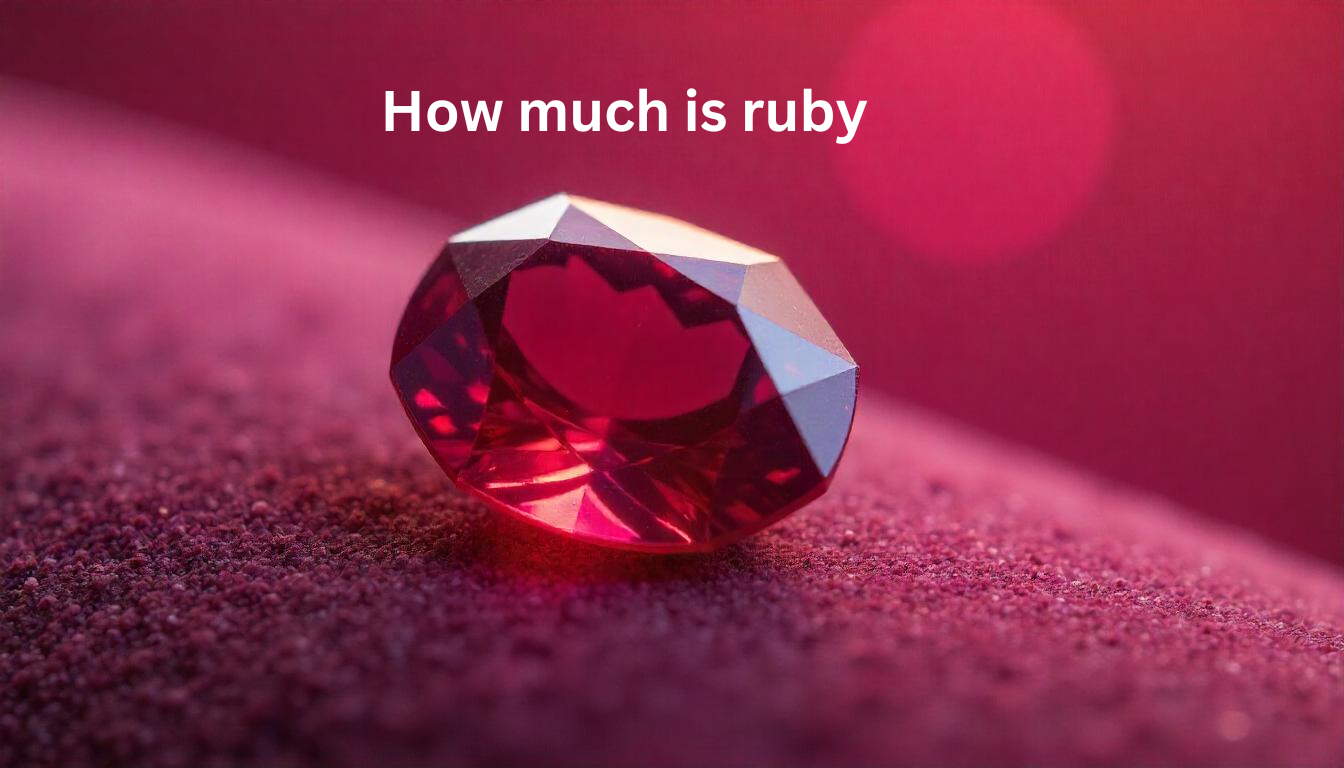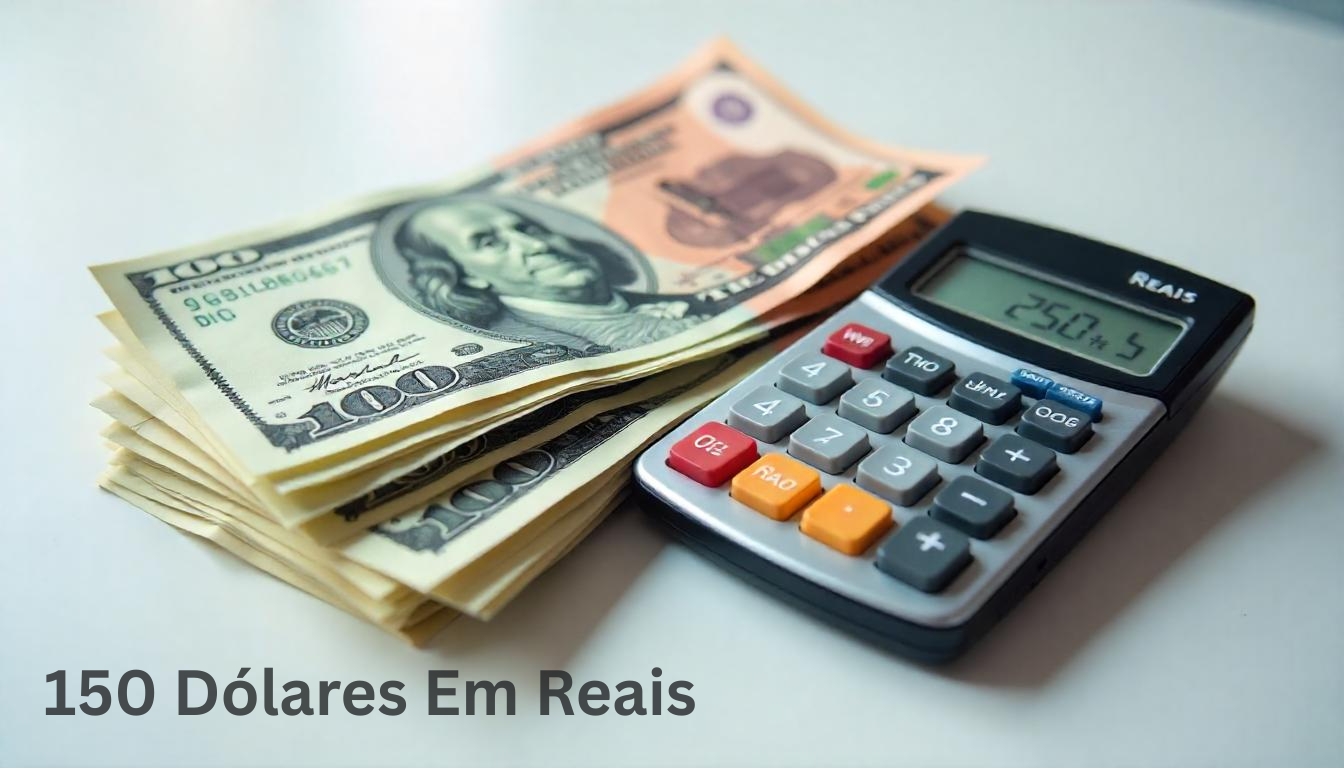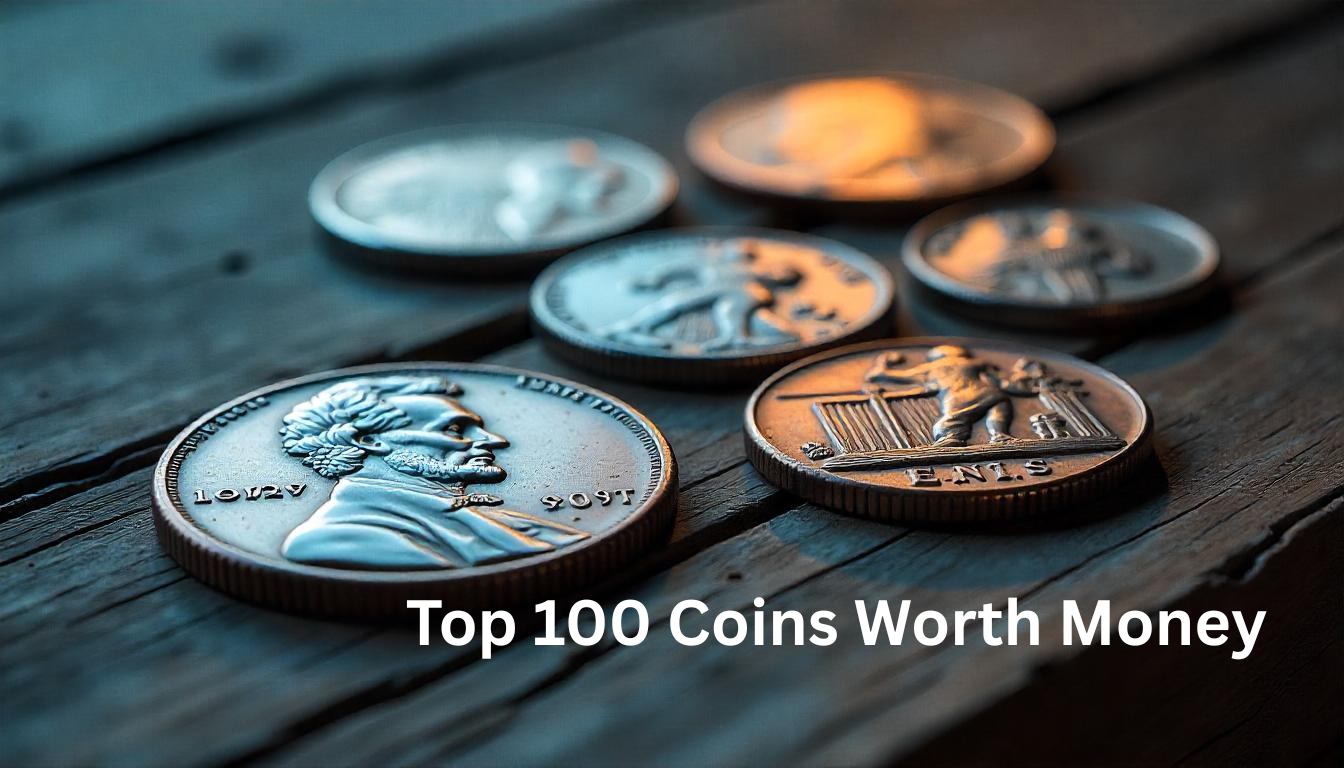If you’re considering purchasing a ruby, whether for an engagement ring, a piece of fine jewelry, or simply as a collector’s item, you may find yourself asking: How much is ruby? The price of rubies varies significantly depending on factors such as carat size, quality, origin, and market demand. In this guide, we’ll break down everything you need to know about ruby prices in the US, including the cost of different carat sizes, the role of origin (like Burmese rubies), and how to use a ruby price calculator to estimate costs.
What Determines the Price of Ruby?
Before we dive into specifics, it’s important to understand what affects the price of rubies. Several factors influence ruby prices, including:
- Carat Weight: Larger rubies are typically more expensive, but their value depends on quality.
- Quality and Clarity: Higher clarity rubies, with fewer inclusions, are more valuable.
- Color: The most desirable rubies are a deep, vivid red, often described as “pigeon’s blood” red. The richer and purer the color, the higher the price.
- Origin: Rubies from certain regions, particularly Myanmar (formerly Burma), are known for their exceptional quality and can command higher prices.
- Treatment: Natural rubies without treatments, or those with minimal treatment, are generally more valuable than those that have been heat-treated or enhanced.
How Much Is Ruby? Understanding the Price Range
Now that we know what affects ruby prices, let’s explore what you can expect when purchasing rubies in the US. The price of ruby varies based on weight (measured in carats or grams), quality, and origin.
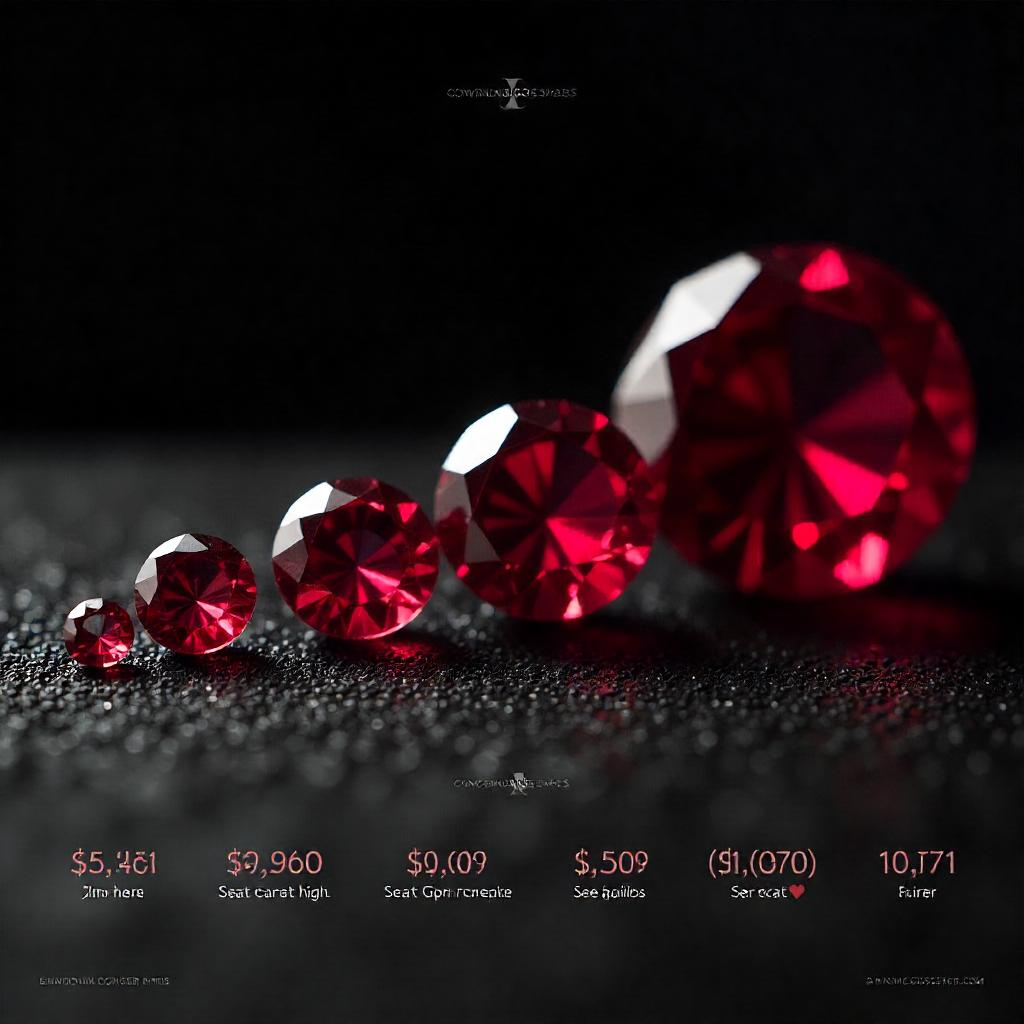
Ruby Price per Carat
The price per carat is a major factor when evaluating rubies. Here’s a breakdown of how prices vary depending on carat weight:
-
1 Carat Ruby: A standard 1-carat ruby typically ranges from $1,000 to $10,000 or more. Rubies with exceptional color and clarity can fetch prices at the higher end of this range.
-
2 Carat Ruby: Expect a 2-carat ruby to cost anywhere from $4,000 to $20,000 or more, depending on its quality. As the carat weight increases, so does the price per carat.
-
10 Carat Ruby: A large 10-carat ruby can range from $50,000 to $500,000 or more. Rubies of this size with top-tier color and clarity are extremely rare and highly valuable.
How Much Is a Small Ruby Worth?
For those interested in smaller rubies, the price of a small ruby typically falls in a lower price range. Smaller rubies, such as those around 0.5 carats or less, can be very affordable—usually ranging from $500 to $5,000 per carat. However, even small rubies with excellent quality can still fetch higher prices, especially if they exhibit outstanding color and clarity.
Ruby Price per Gram
When purchasing rubies in bulk or in rough form, you might encounter prices per gram rather than per carat. The ruby price per gram depends on the same factors that affect per-carat pricing, such as quality and origin. On average, rubies can range from $200 to $2,000 per gram. However, high-quality rubies, particularly those from Burma, can exceed these ranges significantly.
Natural Ruby Price vs. Treated Ruby Price
One key distinction to understand is the difference between natural rubies and treated rubies. Natural ruby price is generally higher than treated ruby prices because untreated stones are rarer and considered more valuable. Heat treatment is common in the ruby industry to improve color and clarity, and most rubies on the market have undergone this treatment. However, untreated rubies are in high demand and command a premium price.
How Much Is a Burmese Ruby Worth?
Burmese rubies are considered some of the best and most expensive rubies in the world. How much is a Burmese ruby worth?</b><span style=”font-weight: 400;”> Typically, these rubies are priced higher than rubies from other regions due to their rich color and clarity. Prices for a high-quality Burmese ruby can range from $10,000 per carat to $100,000 or more, depending on the size and quality of the stone. The famous “pigeon’s blood” rubies, often sourced from Myanmar, are particularly prized in the jewelry world.
Using a Ruby Price Calculator
To help you estimate the cost of a ruby, you can use a ruby price calculator. These calculators take into account various factors such as carat weight, color, clarity, and origin to provide an estimated price range. However, keep in mind that a ruby price calculator can only give you an approximation. The final price may differ based on market trends, the specific jewelry retailer, and any unique characteristics of the ruby in question.
Comparison: Ruby vs. Diamond vs. Sapphire
While rubies are certainly unique and beautiful, it’s helpful to compare their prices to other precious gemstones, like diamonds and sapphires, to get a sense of their relative value.
- How much is diamond? Diamonds are generally more expensive than rubies, particularly when you factor in quality, size, and cut. The price of diamonds per carat can range from $1,000 to $50,000 or more, depending on the 4 Cs (cut, color, clarity, and carat weight).
- How much is sapphire? Sapphires are often less expensive than rubies, although high-quality blue sapphires can still command significant prices. Sapphires typically range from $300 to $4,000 per carat, but prices can soar for rare varieties like Kashmir sapphires.
Factors That Influence Ruby Price Fluctuations
The price of rubies is also subject to market fluctuations. For instance, the demand for high-quality rubies may increase as more people seek out colored gemstones for engagement rings, leading to higher prices. Similarly, changes in mining practices or the discovery of new ruby deposits can influence supply and, therefore, prices.
In addition, the economic conditions in the US and globally can impact gemstone prices. During times of economic prosperity, consumers may be more inclined to invest in high-end jewelry, including rubies, which can drive prices up. On the other hand, during periods of economic uncertainty, demand for luxury goods may decrease, potentially leading to lower prices.
Tips for Buying Rubies
<span style=”font-weight: 400;”>When purchasing a ruby, there are a few things to keep in mind to ensure you get the best value for your investment:
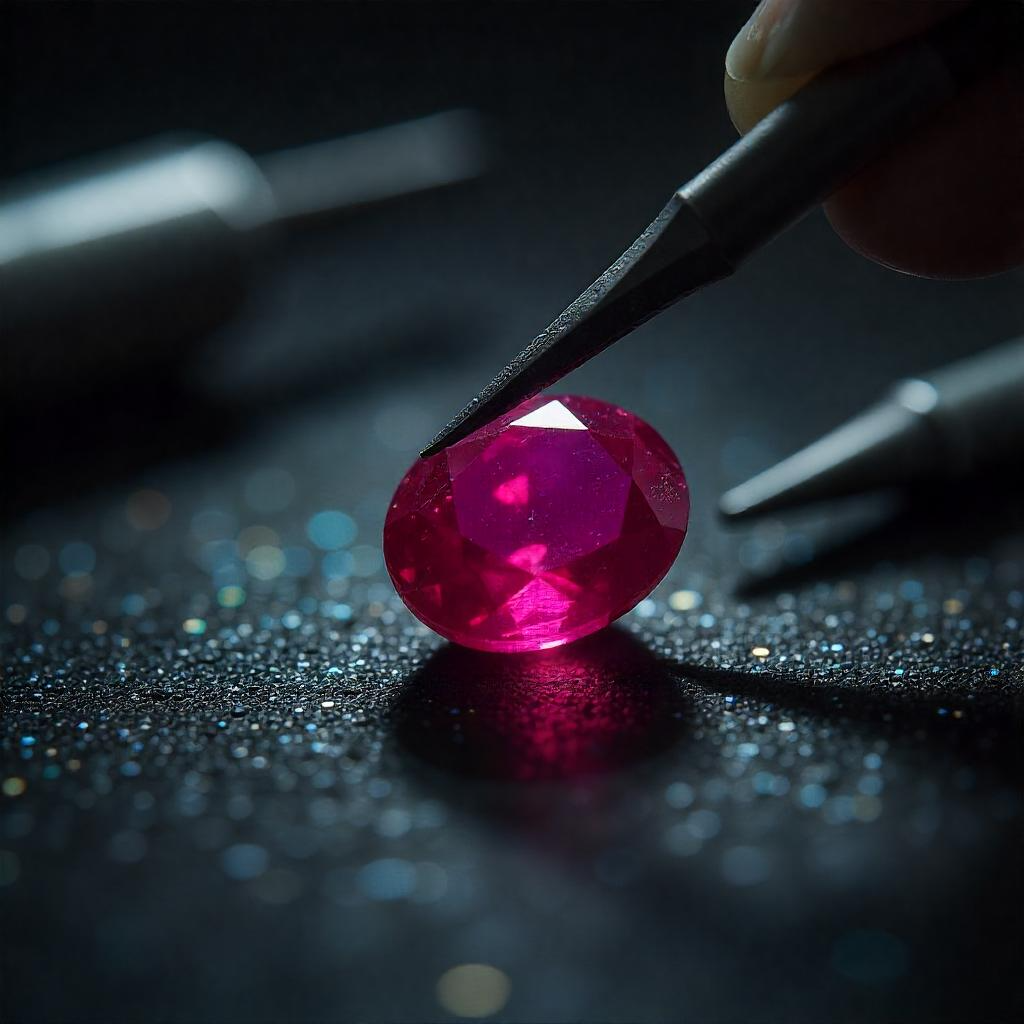
- Know Your Budget: Have a clear idea of how much you’re willing to spend before making a purchase. If you’re aiming for a good deal, find the best ruby within your price range.
- Buy from Trusted Jewelers: Always shop with reputable jewelers who can provide certifications for the quality and authenticity of your chosen stone.
- Prioritize Color Over Carat Size: While carat weight matters, the color of the ruby plays the most crucial role in determining its value. A smaller stone with exceptional color is often worth more than a larger one with less impressive hues.
- Inquire About Treatments: Always ask if the ruby has been treated. Untreated stones usually come at a higher price, but well-treated gems can still maintain their value.
Frequently Asked Questions
How much is real ruby worth?
The value of a real ruby varies significantly based on its quality, size, color, and origin. On average, rubies can range from $1,000 to $10,000 per carat for high-quality stones. However, the most valuable rubies, such as those from Myanmar (formerly Burma), can exceed $1 million per carat. Key factors influencing the price include the ruby’s color, with the most sought-after being a vivid red with a hint of blue, often referred to as “pigeon blood” red.
What is the price of ruby today?
As of today, the price of rubies fluctuates between $1,000 and $30,000 per carat, depending on the quality and size of the stone. Rubies with exceptional color, clarity, and cut tend to command higher prices. It’s also important to consider that rubies from certain regions, like Myanmar or Mozambique, are in high demand, which can impact their market price.
How much is 1 ruby?
The price of 1 ruby depends on its carat weight, quality, and color. A 1-carat ruby typically costs between $1,000 to $15,000, depending on the factors mentioned above. For example, a 1-carat ruby with excellent color and clarity might be priced closer to the upper end of this range. However, lower-quality rubies may be priced less.
Is ruby really expensive?
Yes, rubies are considered one of the most expensive gemstones. The rarity of rubies with perfect color and clarity, particularly those with a deep red hue, contributes to their high value. High-quality rubies can sometimes be more expensive than diamonds, especially when they come from historically significant sources like Myanmar or Thailand.
How much is real ruby worth?
The value of a real ruby depends on various factors like color, clarity, cut, and carat weight. Generally, rubies are priced between $1,000 to $10,000 per carat, but some high-quality rubies, particularly from Myanmar, can fetch over $1 million per carat. The most valuable rubies are those with a vivid red hue, known as “pigeon blood red.”
What is the price of ruby today?
As of now, the price of rubies varies from $1,000 to $30,000 per carat. The price depends on the stone’s size, quality, and origin. Rubies from certain regions like Myanmar and Mozambique are especially prized, and this demand can drive up the price.
How much is 1 ruby?
A 1-carat ruby typically ranges in price from $1,000 to $15,000, depending on its quality. High-quality rubies with excellent color, clarity, and cut can be priced higher. For example, the “pigeon blood red” rubies are among the most expensive, especially if they are well-cut.
Is ruby really expensive?
Yes, rubies are considered among the most expensive gemstones, sometimes even more expensive than diamonds. The rarity of rubies with perfect color, especially those with the ideal deep red hue, makes them highly sought after, driving up their price.
What factors affect the price of ruby?
The price of a ruby is influenced by several factors: color (the deeper and more vivid the red, the higher the price), clarity (fewer inclusions increase value), size (larger rubies are rarer and more valuable), and origin (rubies from Myanmar, Thailand, and Mozambique are particularly prized). Certification and cut quality also play a role in determining the price.
Can ruby prices go up or down?
span style=”font-weight: 400;”Yes, ruby prices fluctuate based on market demand, mining availability, and global economic factors. The discovery of new ruby sources, changes in the supply chain, or an increase in demand for high-quality stones can cause prices to rise. Conversely, an oversupply of rubies or reduced demand can cause prices to decrease.
Conclusion
So, how much does a ruby cost? The answer depends on several factors. From the price of a 1-carat ruby to that of a 10-carat ruby, costs can vary greatly. Key factors like origin, color, and treatment play a significant role in determining the price. Understanding these elements can help you make a more informed decision when buying a ruby.
Whether you’re purchasing a small ruby for a pendant or investing in a larger, higher-quality Burmese ruby, it’s essential to do thorough research. Using a ruby price calculator and consulting with reputable dealers will ensure you get the best value. If you’re unsure about pricing, don’t hesitate to seek expert advice to guide you through the process.


